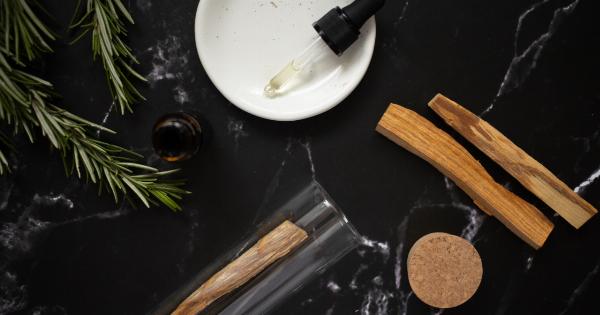Summer is the time to enjoy the warm weather and sunshine. However, it is also the time when bed mites thrive and cause problems for many people. Bed mites are small parasites that live in mattresses, pillows, and other bedding materials.
They feed on human skin cells and can cause a range of health problems, including allergies and skin irritation. In this article, we will discuss how to prevent bed mites during the summer season.
What are bed mites?
Bed mites, also known as dust mites, are tiny arthropods that live in household dust. There are two species of mites that commonly inhabit human homes.
The first species is the house dust mite (Dermatophagoides pteronyssinus), and the second is the American house dust mite (Dermatophagoides farinae). Both species of mites feed on human skin flakes and pet dander. They thrive in humid environments and are most common in warm climates.
How do bed mites cause problems?
Bed mites are not harmful in and of themselves, but they can cause problems for people who are allergic to them. When bed mites are present in pillows or mattresses, they can cause a range of symptoms, including:.
- Itchy or runny nose
- Sneezing
- Coughing
- Watery eyes
- Skin rashes or hives
How to prevent bed mites during the summer season
1. Wash bedding regularly
One of the best ways to prevent bed mites is to wash bedding regularly. This includes sheets, pillowcases, blankets, and duvet covers. Choose hot water to wash them. It is recommended to wash the bedding at least once a week throughout the summer season.
2. Keep the humidity low
Bed mites thrive in humid conditions, so it is essential to keep the humidity levels low. A dehumidifier is an effective way to regulate the humidity in your home. Set the humidity level between 30-50%, which is not ideal for dust mites to thrive.
3. Use dust mite covers
Dust mite covers for pillows, mattresses, and box springs are an effective way to reduce the number of mites in your bedding. These covers are made of a material that bed mites cannot penetrate.
Make sure that the covers used are labeled as dust mite-proof.
4. Vacuum regularly
Regular vacuuming of carpets and upholstery is an effective way to reduce the number of bed mites in your home. Use a vacuum cleaner with a HEPA filter, which will trap tiny particles like bed mites and their excrement.
Be sure to vacuum carpets, rugs, and upholstery at least once a week throughout the summer season.
5. Avoid using ceiling fans
Ceiling fans can stir up dust and circulate it throughout the home, which can lead to an increase in bed mites. Avoid using ceiling fans during the summer months and instead rely on air conditioning to keep the home cool.
6. Don’t make the bed when you wake up
Bed mites thrive in warm and damp environments. Leaving the bed open and exposed to the air can help to reduce the humidity in the bedding and prevent the bed mites from thriving.
Avoid making the bed when you wake up and instead leave it unmade for a few hours to allow it to air out.
7. Keep pets out of the bedroom
Pet dander is one of the primary food sources for bed mites. Keeping pets out of the bedroom can help to reduce the number of bed mites in your home.
If you must have pets in the bedroom, make sure to wash their bedding regularly and vacuum the floors and furniture frequently.
8. Use essential oils for dust mites
Some essential oils like eucalyptus, tea tree, and lavender oils have anti-bacterial properties, and they may be effective for bed mite prevention.
Add a few drops of the essential oil with water in a spray bottle and spray it on your pillow, bed, and beddings.
9. Avoid eating on the bed
Food crumbs or spills can attract bed mites. Also, moisture and warmth from the mouth and nose of humans while eating on the bed can increase humidity levels, which makes an ideal environment for bed mites.
Avoid eating on the bed during the summer season.
10. Replace old mattresses and pillows
Mattresses and pillows can be a haven for bed mites. Consider replacing them in case they’re infested, or if they are over 10 years old.
New pillows and mattresses with high-quality materials, preferably those with natural materials, are less likely to attract bed mites.
Conclusion
Bed mites can cause significant problems for allergy sufferers. Fortunately, there are several ways to prevent them from thriving during the summer season.
By washing bedding regularly, keeping humidity levels low, using dust mite covers, vacuuming frequently, avoiding ceiling fans, keeping pets out of the bedroom, using essential oils, avoiding eating on the bed, and replacing old mattresses and pillows, you can protect yourself against bed mites and enjoy a peaceful summer season.





























